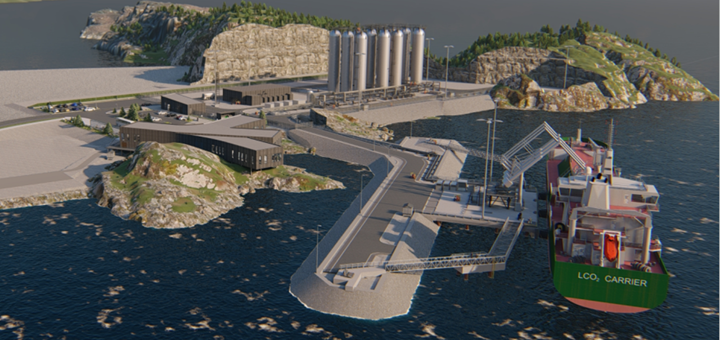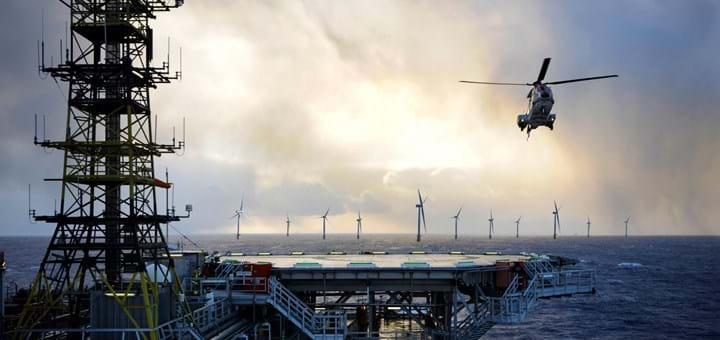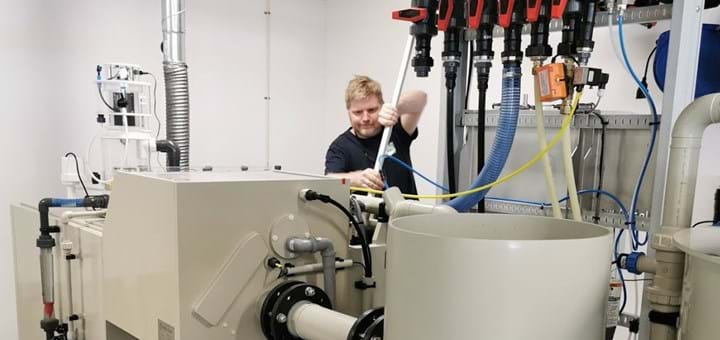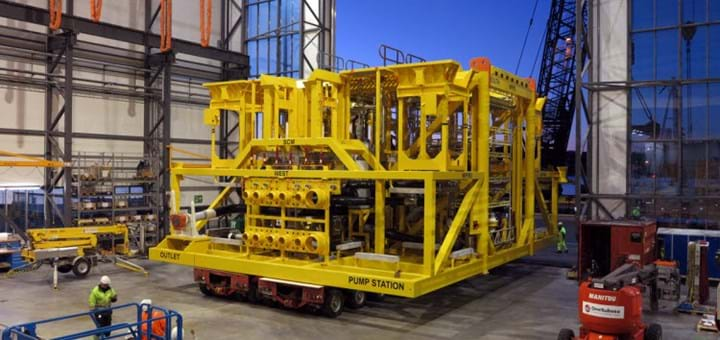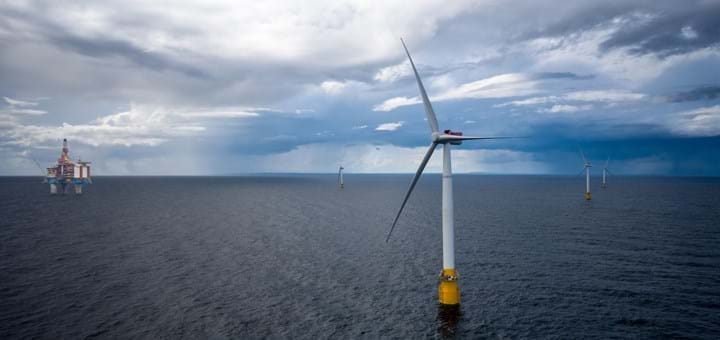Wave Energy Companies Show Huge Potential
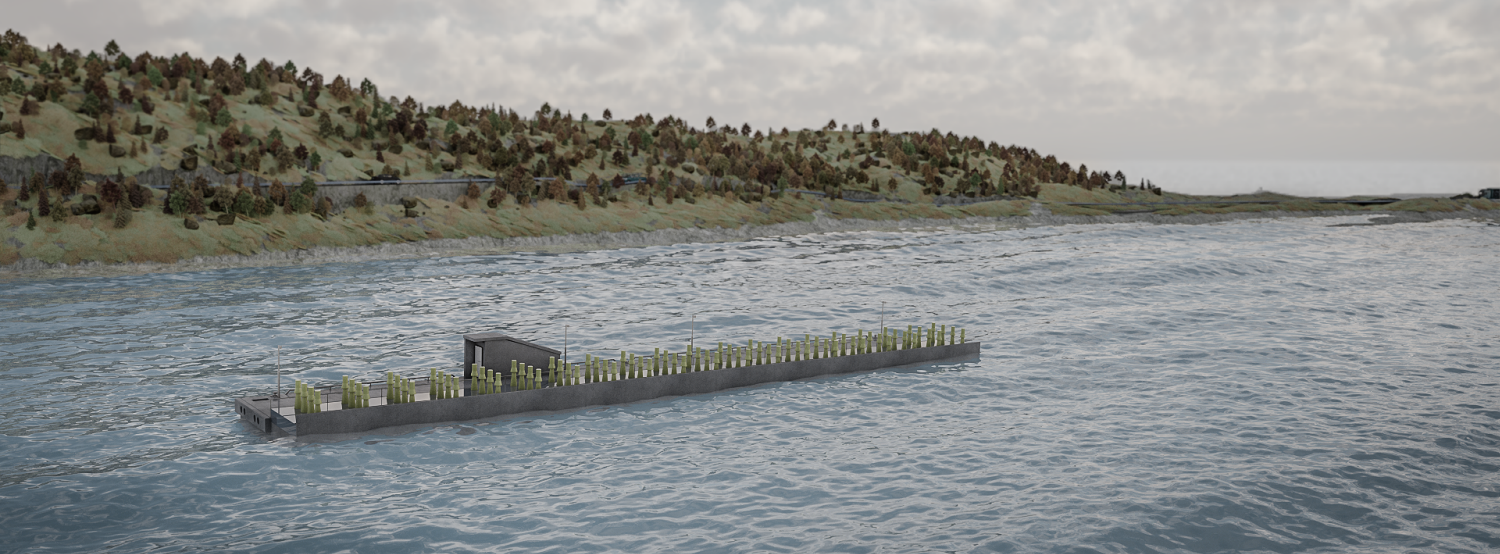
This could be the decade when wave energy finally grows up. We spoke to two innovative companies in western Norway to find out why.
While the rest of the world is moving over to renewables, many small island nations still get their power from diesel generators.
These generators are noisy, expensive and bad for the environment. However, in some countries they remain the only way of keeping the lights on.
On the coast of Norway, one entrepreneur believes that wave power holds the key to solving this problem. Geir Arne Solheim (photo), from the company Havkraft, is developing a flexible, modular wave energy system that could help these coastal communities to live in a cleaner and more affordable way.
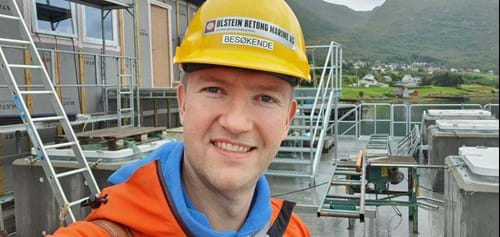
His Havkraft Wave Energy Converter (H-WEC) technology can easily be fixed to piers, jetties, stationary ships and other marine platforms. The inventor has also created a stand-alone version called a “Powerpier”.
– Developing countries need a form of renewable energy that is small-scale and easy to install, he explains.
– Wind turbines keep on getting bigger and more expensive, and that is clearly not the right approach for these nations. After all, the UNs Sustainable Development Goal number 7 specifically mentions ‘Affordable and Clean Energy’.”
Solheim’s H-WEC systems will be almost completely free to operate once they are built. As he points out, "the waves themselves don't cost anything at all."
This patented wave energy solution is of course also perfectly fitted for operations in Norway as well – for example to power offshore fish-farming, and even as an alternative to wind turbines. The longevity of the concrete-based Powerpier construction allows a low cost per kWh of energy.
The Oceans’ Huge Potential
Solheim acknowledges that other companies have struggled to succeed with wave power technology in the past.
This is partly due to the huge amount of highly concentrated energy contained in our oceans. Wave energy is up to 50 times more area effective than solar energy, since the sun creates the wind and the waves.
The International Energy Agency estimates that up to 100,000 TWh of power can be harvested worldwide from our oceans per year. Compared to this, humankind’s total yearly consumption is only around 16,000 TWh.
– The ferocious power of the waves means that there is little room for error. – Make a mistake with your wave energy system, and it can easily be reduced to matchsticks, he says.
However, the founder from Deknepollen in western Norway has come up with a smart way to solve this challenge. His H-WEC technology does not include any moving parts in contact with the sea, and it also divides the wave forces into smaller parts, which helps it to cope with these damaging forces.
The entrepreneur is now building a large-scale pilot of his Powerpier-system with support from Innovation Norway. He has partnered with two established Norwegian industrial firms, Marina Solutions and Ulstein Betong Marine, in order to get his H-WEC technology out into the world.
The company is targeting off grid diesel-replacement, grid-connection, hydrogen production and potable water production with the solution.
From next year onwards, Solheim aims to start introducing his clean energy systems to coastal communities both in Norway and abroad. As he puts it, "Every diesel generator we can replace is a victory for me.”
Harnessing Wave Energy
A little way up the Norwegian coast, another inventor also believes that there is great potential in wave energy.
Inge Bakke (photo) remembers when he used to work on a fishing boat. – Every winter we would feel the huge swells rolling in, he recalls.
– They constantly moved our boat up to five metres up and down, even in calm weather.
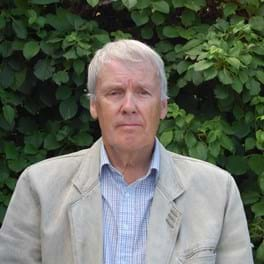
Bakke’s company, Waveco, is now working on a system that can harness the powerful waves far out to sea.
He says that the energy in our oceans could be used to power self-positioning buoys - and could even be used in future to produce clean hydrogen for the shipping industry.
– By using some of the captured energy to keep the buoys in position, dynamically, our point absorber technology will be able to produce hydrogen far offshore without anchoring to the seabed, adds Bakke.
– This opens up the vast expanses of the deep oceans for the extraction of wave energy.”
Producing Hydrogen at Sea
Just like Havkraft’s technology, Bakke’s Subwave system does not contain any moving pieces on the surface. Instead, a floating buoy is connected by a cable to a turbine deep under the waves, where the water is calmer.
The buoy drags the turbine up and down, causing its wings to rotate. Eventually, large arrays of these Subwave systems could be fitted together to make ocean power plants.
Bakke believes that the first application for this technology could be to power observation buoys that can position themselves. This would assist researchers in gathering data from the open ocean, far away from shore.
The entrepreneur is hoping to test a system of this kind off the coast of Ireland in the near future. The project would involve a turbine with 3.5 metre wing diameter, connected to a 6 metre long buoy.
He suggests that eventually, the power created by Subwave systems could also be used to electrolyse water into hydrogen. This clean fuel could be stored at sea, helping ships to refuel during long crossings.
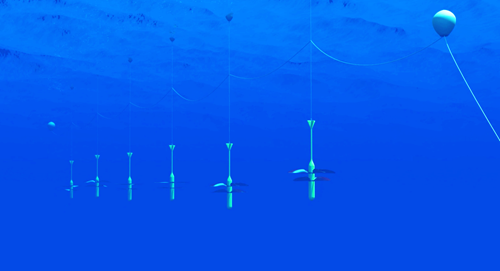
Waveco’s Subwave system includes a buoy on the ocean’s surface, which connected to a turbine many metres below. Many of these turbines could be combined to act as a marine power plant.
The Future of Wave Power
After speaking to these two innovative Norwegian energy companies, two things are clear.
Firstly, it seems certain that wave energy technology is going to take on a bigger role in the world’s energy mix over the next decade.
As Bakke notes, – We will see an increasing amount of conflict over space on land in coming years – while out at sea, there are almost unlimited possibilities for generating clean energy.
And secondly, Norway has a lot to contribute to this blue-green shift.
– Our offshore oil and gas industry has already given us world-leading competence and technology, says Solheim. – We can now use these skills to provide renewable energy for coastal communities around the globe.
-------------------------------------------------------------------------------------------
This article is drawn from the magazine “Powering the Future” featuring interviews with industry leaders on topics such as wind energy, CCS and hydrogen.
The magazine is a collaboration between Invest in Bergen and GCE Ocean Technology.
Contact Information
Kjersti Boge Christensen
Communication Manager


Join us digitally for the latest updates on technology, policies and projects within the maritime hydrogen and marine energy industries.

